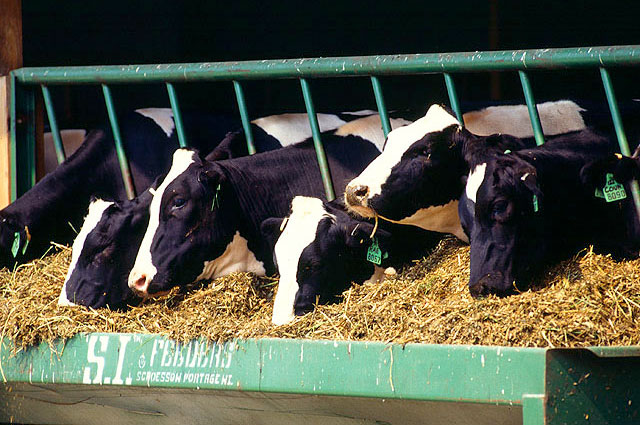
This month veterinary practices will have access to a solution designed to reduce the incidence of ketosis in dairy herds by 74% following a single treatment.
Described as one of the most important livestock products, the new bolus treatment provides targeted coverage during the main risk period for the condition.
Ketosis often goes undetected because the signs are not immediately apparent. However, it is a common condition, affecting around 30% of cows2 and has a negative impact upon cow health, fertility and milk production.
It’s a good news story for the dairy industry, which has faced significant challenges in recent years.
Ketosis can result, on average, in milk losses of around 350-500 litres per cow per lactation. The cost of production losses and disease related consequential losses due to subclinical ketosis has been estimated at around 250-600 EUR per cow.
Elanco, its manufacturer, has identified technology to allow a continuous and regular release of the active ingredient into the rumen, which forms a gel when exposed to rumen fluid.
This gel is progressively released into the rumen by a pressure sensitive spring in the device.
The active ingredient shifts the microbial balance in the rumen to increase glucose delivery, ultimately increasing the energy available to the cow. This buffers dairy cows against the tendency to drop into negative energy balance during the transition period around calving and early lactation – the major cause of ketosis.
Both high risk herds and individual high risk cows can be identified through other warning signs – energy deficient diets, high body condition scores at calving and altered milk fat: protein ratio can all be suggestive of the need to treat.
Subclinical ketosis, where disease is present without any apparently obvious symptoms, is also strongly associated with conditions such as left displaced abomasum, metritis and retained placenta due to depressed immunity.
Mike Steele, Technical Services Veterinarian at Elanco Animal Health says, "Subclinical ketosis sometimes flies ‘under the radar’ – it’s present and not detected but it has consequences. There's a cost through production losses due to the development of other problems due to depressed immunity and culling. Now ketosis is no longer just about nutrition or emergency salvage – it’s about identifying high risk herds, targeted intervention and enjoying the economic benefits that result."
Farmers can find out more about ketosis detection and veterinary interventions by talking to their veterinary surgeon or animal health advisor.
